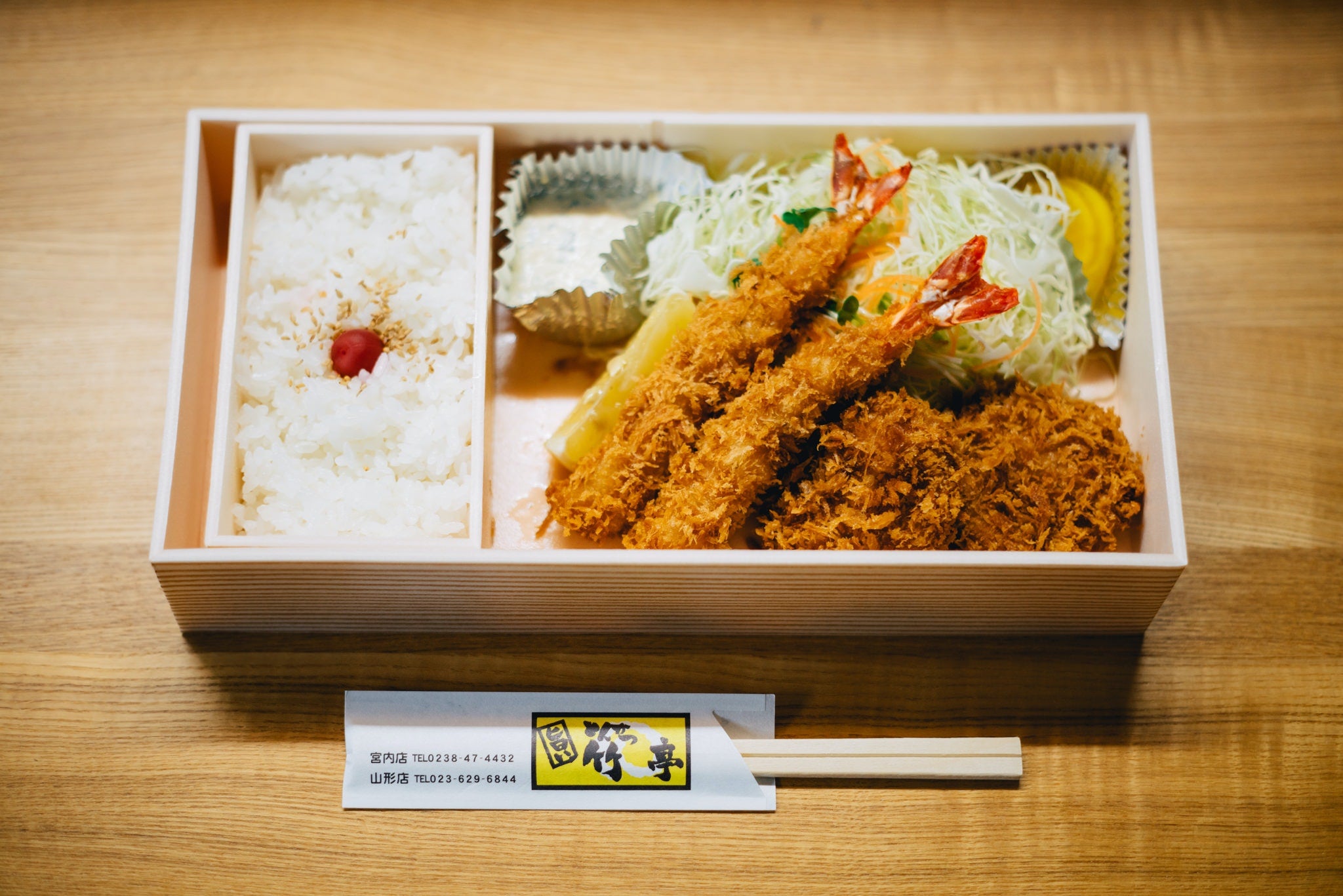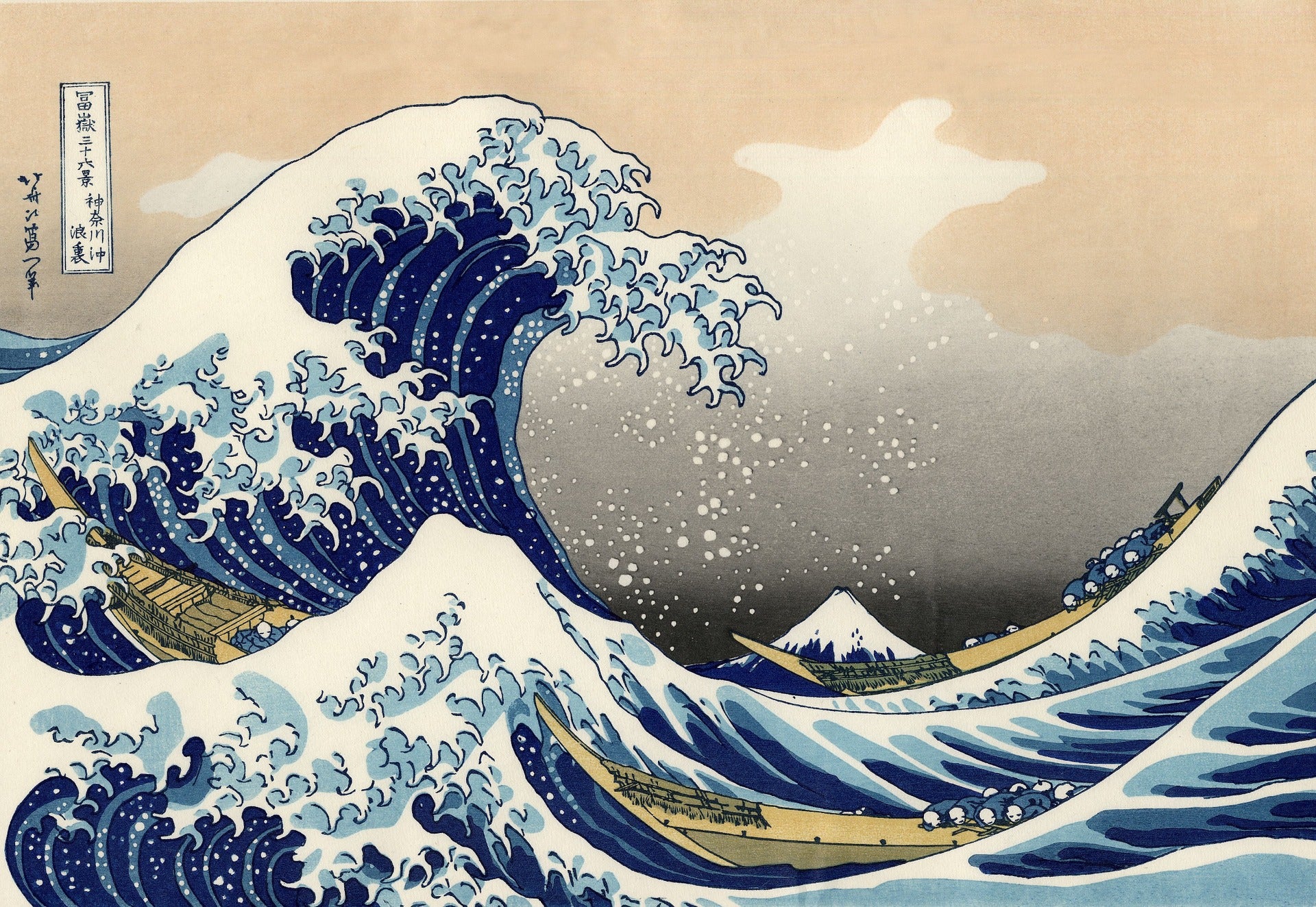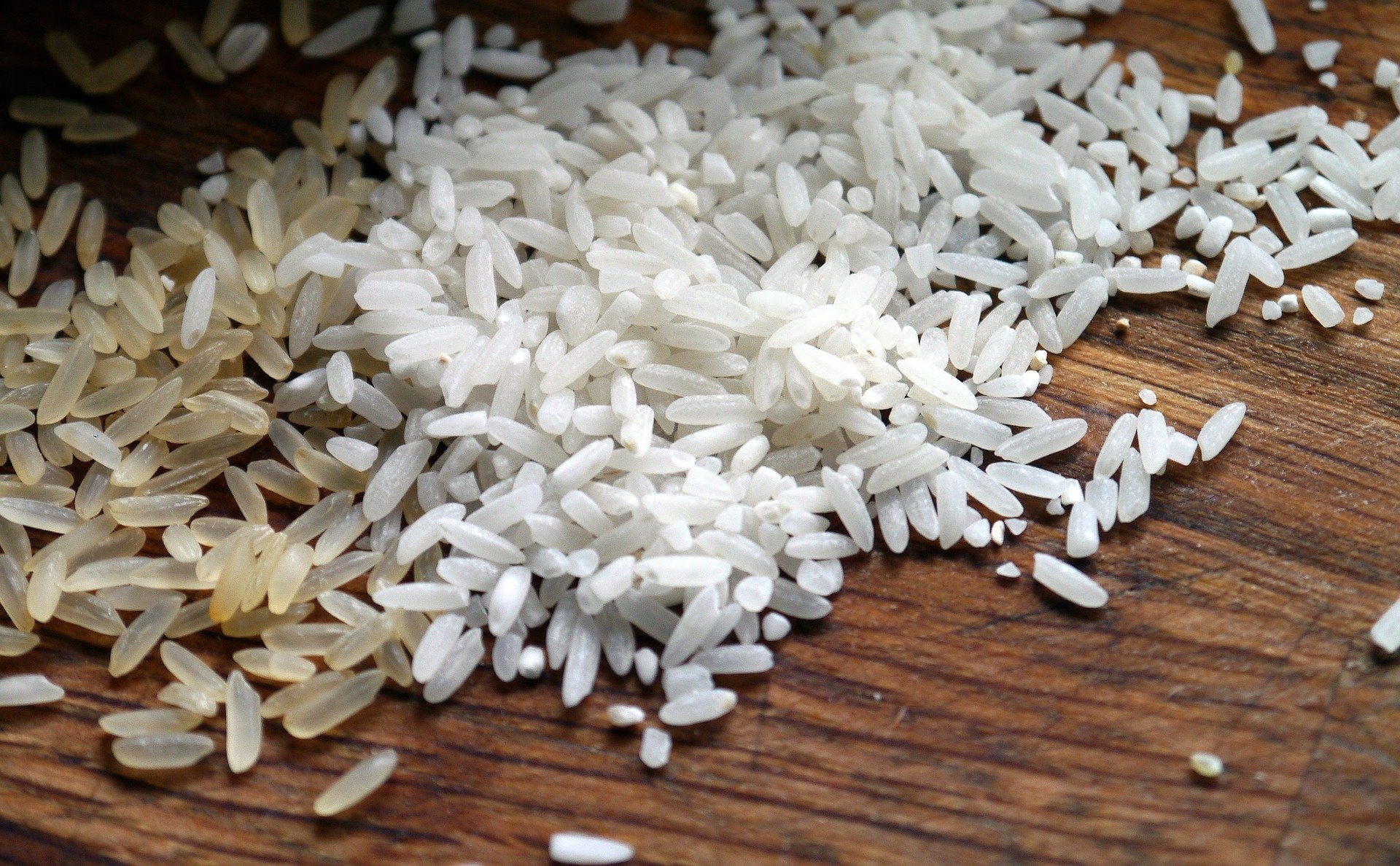
Bento, what for?
A simple lunchbox revisited or truly useful? What's behind this box?
What is a bento box?
Like you might find at your favorite Japanese restaurant, bento is a staple of Japanese lunch. It's a favorite takeout dish sold at train stations and convenience stores throughout Japan. It can also be taken home. Bentos are seen everywhere in Japan: at picnics under cherry blossoms, in schools, or on office lunch tables. People appreciate them both for their practicality and their "kawaii" (the Japanese culture of "cuteness").
A bento box has several different compartments perfectly portioned for rice, meat, cooked vegetables, or pickles. A typical Japanese bento includes onigiri (Japanese rice balls), tamagoyaki (Japanese rolled omelets), sushi, karaage (fried meat), and/or desorkatsu (chicken or pork cutlets).
The bento box, deconstructed
Let's break it all down to what constitutes the spirit of bento: a balanced, varied, and visually appealing composition . There are two approaches to achieving a satisfying bento: either everything is nutritionally balanced , or you focus on visual contrast .
Approach 1: A balanced diet
A well-organized/composed bento box should contain carbohydrates, proteins, vegetables, and sometimes fruit. A recommended ratio of these four components should be 3:2:1:1, which can always be adapted to your own diet. The bento box is perfect for controlling portions and contents, depending on the occasion, or simply what you have in the fridge.
Approach 2: Visual contrast
We taste with our eyes first! So, besides the variety of different food groups in your bento, texture and color are equally important things to consider. It's scientifically proven that color affects our perception of how a food tastes. Thinking in terms of color is not only a fun way to pack a bento box, but can even make it taste better! In many cases, more colors guarantee a more varied meal. You don't have to have 30 colors in your box (although that's fun), but simply try to incorporate 3 or more colors into your box for an attractive visual effect.
- Red and orange: tomatoes, red peppers, carrots, strawberries
- Pink: salmon, shrimp, ham
- Yellow: eggs, potatoes, yellow peppers, corn
- Purple: eggplant, red cabbage, blackberries, grapes
- Black: black sesame seeds, black rice, nori
- Green: asparagus, spinach, broccoli, peas, zucchini
- White: rice, tofu, radish

Sometimes adding small decorative details will make the whole box look more vibrant. In Japan, it's common to place a pickled plum (umeboshi) in the middle of the rice compartment. The same idea could be achieved with a sprinkle of black sesame seeds, furikake, shichimi, or nori to add color and texture to the rice. For a Western variation, try fresh herbs, raisins, half a cherry tomato, or finely chopped radishes—nuts or seeds can also be added.
Enjoy your food !
And if you also want to get a Bento box, it's HERE !


